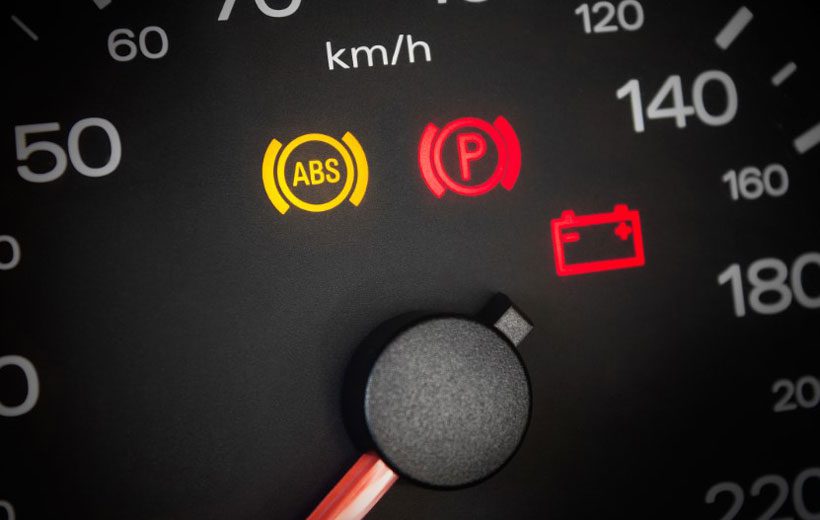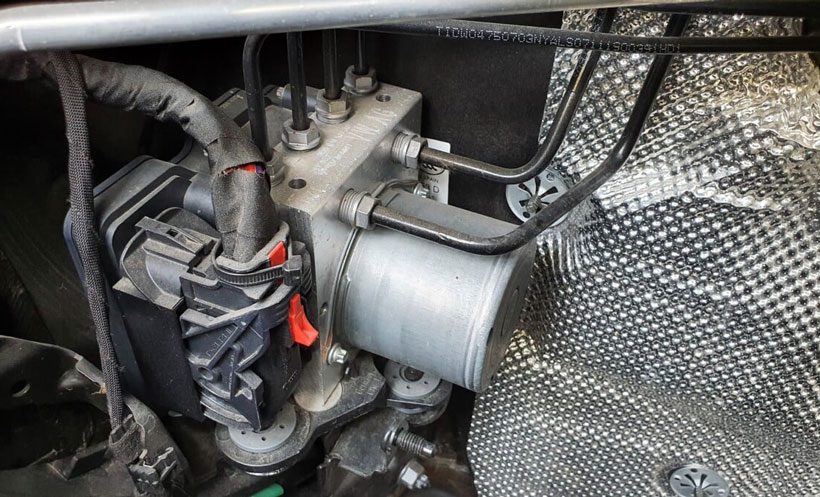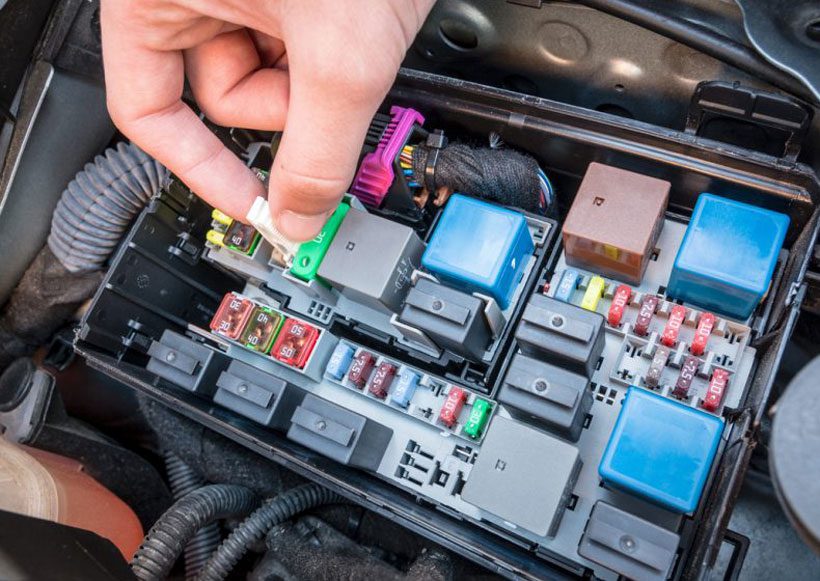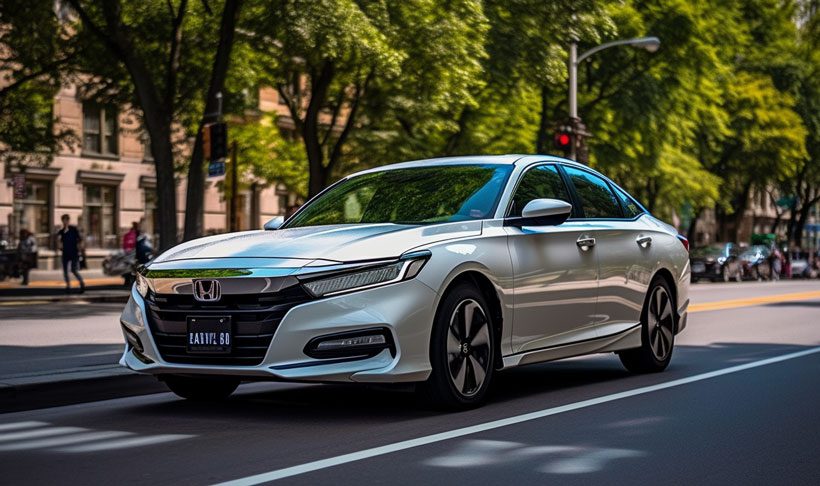How To Fix ABS Light? A Complete Guide
The illumination of ABS light generally indicates the malfunctioning ABS. If you don’t address these issues shortly, it may lock up your vehicle’s brakes and cause severe accidents.
But how to fix the ABS light? You need to address the reasons that are causing this light to turn on. For example, resetting the ABS and replacing the module and hydraulic pump. Sometimes, changing the blown fuse, speed sensor, and hydraulic pump will also solve this issue.
In this article, we will show you the causes behind the Illuminating anti-lock brake light. After reading till the end, you will learn the fixes of this issue. Hence, let’s start.
Causes OF ABS Light Malfunctioning
The function of the ABS or anti-lock brake system is to monitor the rotation speed of the car’s wheels. There are sensors with each wheel that sends a signal to the system.

The car’s computer keeps monitoring the brake pedal position and the signals. Upon detecting any abnormality, the ABS will turn on the light. There are many reasons which are responsible in this case. The major reasons are as follows.
Inadequacy Of Brake Fluid
In the proper functioning of the ABS, brake fluid plays a vital role. That’s why if the level of brake fluid falls due to any evaporation or leak, the light will come on. Here are a few symptoms that will indicate that the brake fluid level is low, along with the ABS light comes on:
- Taking a long time to stop the car
- Scraping noise while braking
Defective Speed Sensor
Generally, this sensor works to read the speed of the car’s wheel and send the information to the computer. If the speed of the four wheels doesn’t synchronize, the traction control system will go through an adjustment.

If the speed sensor is faulty or dirt accumulates, it will fail to read and send accurate information. As a result, the traction control unit will undergo many adjustments, and the ABS will fail.
A few symptoms of the defective sensor are:
- Traction light will also start illuminating.
- If you brake hard, there is a high risk of losing control of the vehicle.
Blown Fuse
The fuse functions to protect the anti-brake system by blowing in any short circuit or electrical surge. When the fuse is blown out, the ABS will stop its usual function. As a result, the light will start illuminating.
Here are a few more symptoms that you will face:
- The engine warning light will also flash with the ABS light.
- A blown fuse can also cause sudden stopping of the vehicle tires while driving.
Malfunctioning ABS Module
If the module gets corroded, it will start to malfunction. The reason is it won’t get the speed information accurately from the wheel. As a result, the ABS warning light will start to illuminate.

When the problem is in your ABS module, your car will show symptoms like:
- Unresponsive brake pedal
- Cracking noise upon pressing on the brake pedal
Failure Of Hydraulic Pump
When the speed sensor informs the ABS about any synchronization issue in the wheel speed, the hydraulic pump will come into action. This pump will raise the brake fluid pressure so the wheels can maintain proper traction.
But, if this pump wears out with time, this process will get hampered, and the light will come on. You may encounter symptoms like:
- Sometimes the brake will work fine, but often it may become unresponsive.
- Leakage of brake fluid.
How To Fix ABS Light?

Before starting the fixing procedure, you must turn off the car engine and let it cool. Here are some ways that will help you to fix this issue:
Refill the Brake Fluid
Here are the steps to refill the brake fluid tank:
- Step 1: Open the car’s hood once the engine is cool enough.
- Step 2: Find the brake fluid tank near the brake pedal mounting of your vehicle.
- Step 3: Clean Before opening the tank’s cap, you must clean the area around the cap.
- Step 4: Then, check if the fluid level is insufficient and refill it if necessary.
- Step 5: Ensure you are taking DOT3 type brake fluid instead of DOT5 type and pour it into the tank.
- Step 6: After refilling, close the tank’s cap accurately.
Check The Speed Sensor

You must check the speed sensor by plugging any digital scanning tool into the OBDII port. The tool may show C0035, C0041, C0045, C0050, etc. In this case, you may need to replace the sensor by following these steps:
- Step 1: Use the lug nut socket and ½” drive breaker bar to loosen the lug nut. Then, lift your car by using a jack.
- Step 2: Remove the rotors and brake pads for accessing the bolts that join the sensor with the hub.
- Step 3: Pull out all the clips and wiring connected to the sensor.
- Step 4: Now clean the sensor position area properly to remove dirt and debris.
- Step 5: Choose a new appropriate speed sensor and follow a similar process of removal but in reverse sequence.
- Step 6: Next, use lug nuts to reinstall the wheel onto its place and snug it, probably using a socket and ratchet.
Replace The Blown Fuse

Here are step-by-step processes for replacing the blown ABS fuse:
- Step 1: First, ensure that you have disconnected the battery. Then, you have to locate the fuse box with the help of the user manual of your car.
- Step 2: Now, open the fuse box and pinpoint which one is the ABS fuse from the user manual.
- Step 3: Remove the fuse from the fuse box using fuse pullers.
- Step 4: Take a new fuse with a similar amperage and color to the old one.
- Step 5: You need to press the new fuse using your fingers until it sets in position.
Change The ABS Module
Follow these steps while changing the ABS module:
- Step 1: First, locate the module position in the front corner of the drive sides of the engine portion.
- Step 2: Pull out the battery cable of the negative terminals.
- Step 3: Now, you have to remove all the harnesses and wiring that are connecting the module with sensors or powerhouses.
- Step 4: Then remove all the mounting bolts by using the appropriate tools.
- Step 5: After detaching the wiring and mounting bolts, remove the damaged module carefully.
- Step 6: Pick a new ABS module that matches identically with the old one.
- Step 7: Now, reinstall the new module carefully with the same but reverse process of removing it.
- Step 8: Reconnect all the mounting bolts, wiring, and battery cable properly.
Check this Youtube video to understand the process better:
Replacing The Hydraulic Pump
The replacement of ABS is a little complex, but we will provide you a step by step procedures:
- Step 1: At First, using a diagnostic laptop, find the specific codes for your car that control the ABS by using. Then, lift your vehicle using a jack stand.
- Step 2: To access the pump properly, disconnect the battery.
- Step 3: Now, bleed the brake fluid tank through the bleeding screw. Collect the bled fluid so it doesn’t spill into the engine compartment.
- Step 4: Now, detach all the wiring connected to the ABS unit and the bolts that keep the unit in its position.
- Step 5: Slide the unit slightly to remove the pump from its unit.
- Step 6: Then, reinstall a new pump following the same procedure in reverse sequence.
- Step 7: After connecting all the wires, refill the brake fluid tank and remember to remove air from the tank.
- Step 8: Now, sync the new pump with your car using that specific code.
Reset the ABS Light

After fixing all issues, you need to reset the ABS light. To reset the light, you need to follow these steps:
- Step 1: Open the car’s hood.
- Step 2: Now, locate the battery and pull out the cable from the battery’s positive terminal using a socket wrench.
- Step 3: You need to wait for almost 15-30 minutes so that the ECU can reset.
- Step 4: After this period, connect the cable to the battery terminal and close the hood.
Some car models have specific ABS resetting methods. That’s why you need to check the user manual and follow the resetting procedure according to the user manual.
If you’re looking for solutions to fix the ABS light issue in your vehicle, you might also be interested in our article on speedometer not working and ABS light on. This article provides insights into the possible causes and troubleshooting steps for a speedometer issue accompanied by the ABS light being on. Additionally, if you have replaced the ABS sensor but the ABS light is still on, our article on ABS light still on after sensor replacement offers further guidance and potential solutions to address this persistent issue.FAQs
In this FAQs section, we will answer several most common questions about the ABS light issues.
Yes, but only if the braking light isn’t turned on. Also, we don’t recommend driving long distances without this fuse, as cars risk skidding on slippery or icy roads.
The cost of diagnosing the issue will be around $100. Then, you will get the car parts essential for the fix from $80-$400. Now, if you can fix yourself, you can save the labor charge of $100-$150.
No. This light doesn’t indicate your car’s braking capability is zero and your vehicle still can run. Instead, the failure of the braking system will occur slowly if you don’t address the light issue soon.
Conclusion
The anti-lock brake system light can flash for many reasons, like malfunctioning hydraulic pumps and ABS modules. Sometimes, defective speed sensors, blown-out fuse, and low brake fluid levels also may cause this issue.
These issues may seem less severe, but severe braking failure can occur if you don’t fix it soon. Thus, we already discussed how to fix the ABS light. Mainly, you need to address all the reasons for this issue. Sometimes, resetting the ABS light may stop the unusual flashing of the light.
However, if you can’t manage the issues yourself, consulting a professional auto mechanic is highly recommended.


